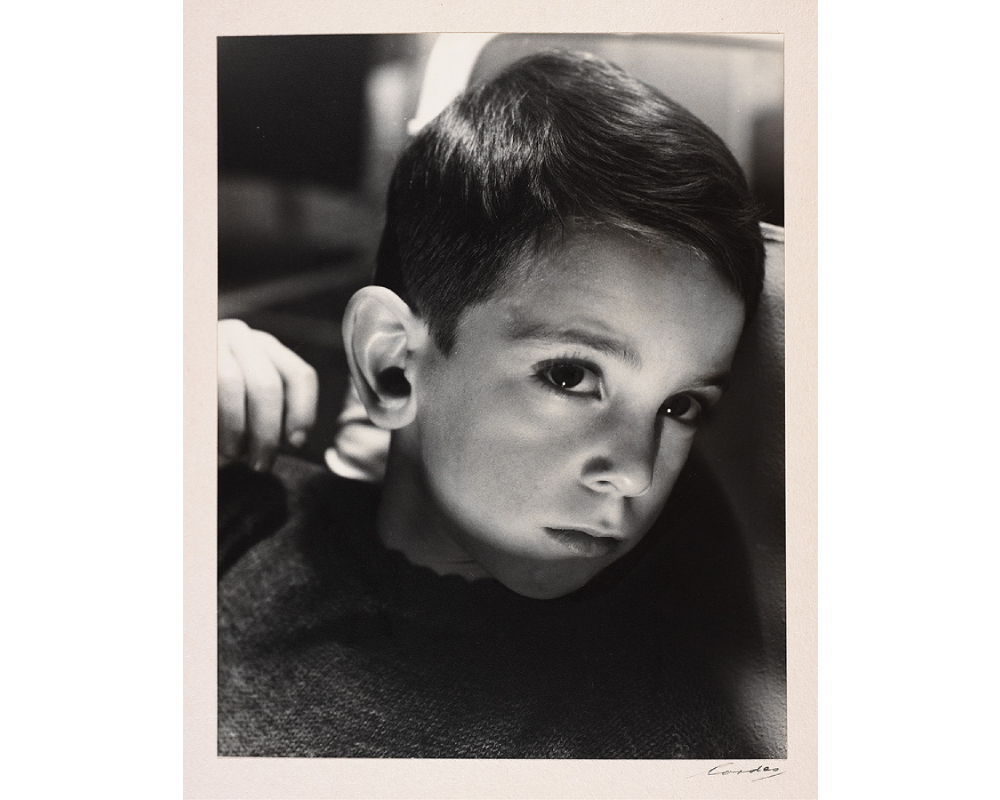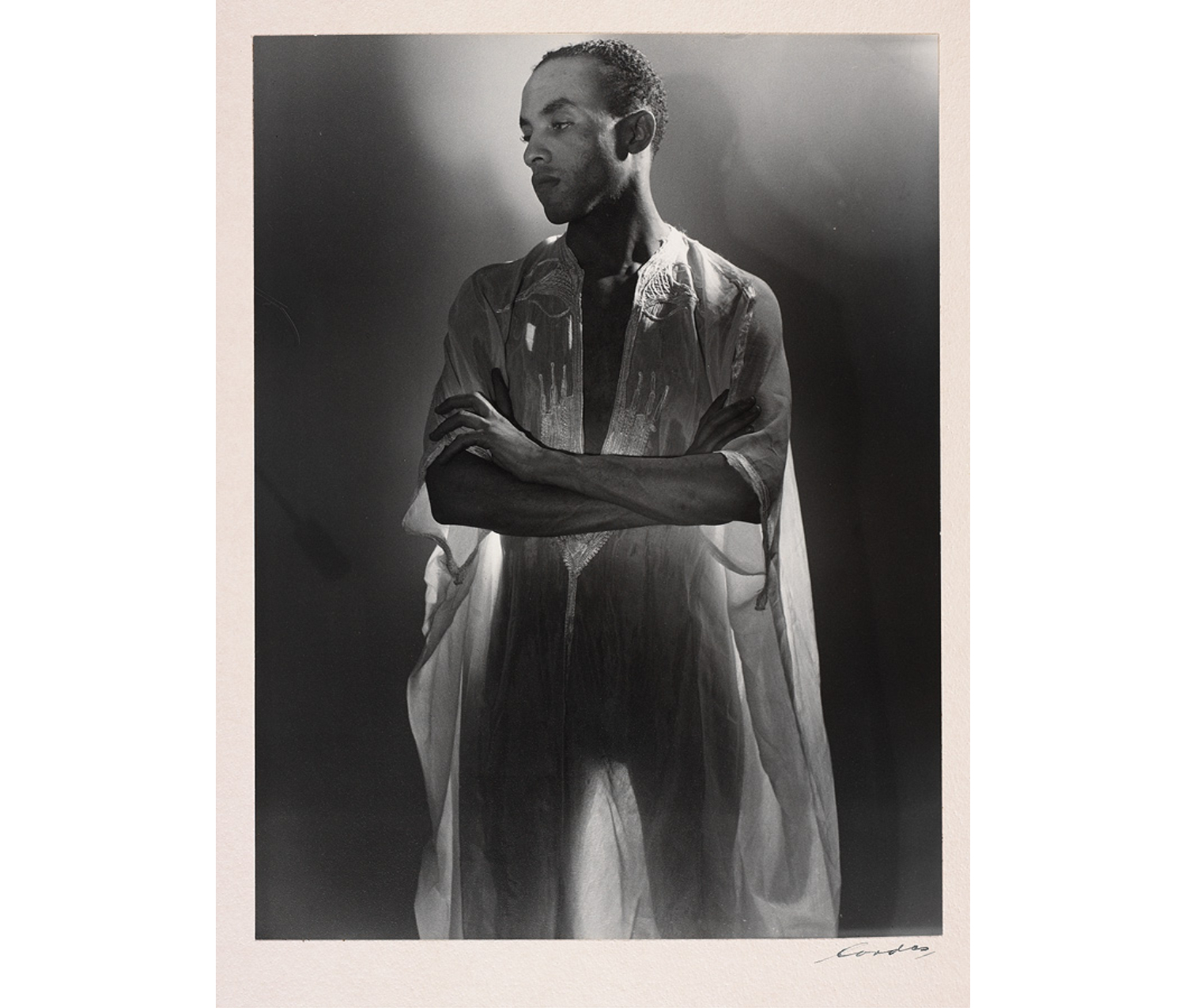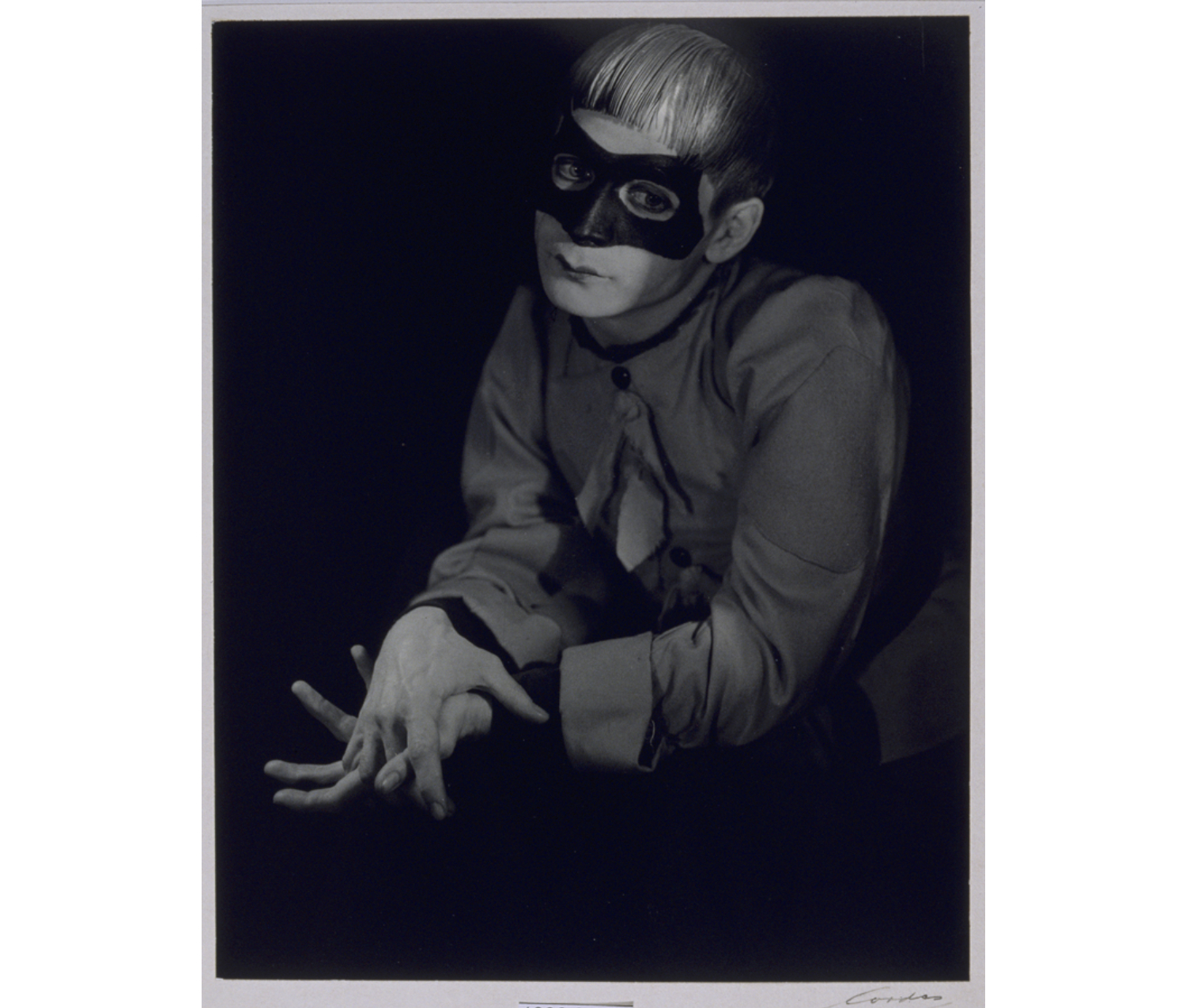
The Mystery of Paul Cordes
Colleen McDermott is the Brown Post-Baccalaureate Curatorial Fellow in the Cunningham Center.
The Smith College Museum of Art is dedicated to bringing out works on paper into the main galleries, where all visitors can see them. Since works on paper are more sensitive to light than other mediums, SCMA has installed special Works on Paper cabinets throughout the galleries for the display of prints, drawings and photographs. Today’s post is part of a series about the current installations of the Works on Paper cabinets, which will remain on view through April 2017.
Born in Germany, Paul Cordes (1893–1979) immigrated to the United States in 1912 and lived in New York for the rest of his life. He was a professional photographer who specialized in portraiture, and his work was displayed at a number of institutions in the northeast United States, including the Museum of Modern Art. Cordes donated about 30 of his own photographs to the Smith College Museum of Art in 1938, around the time that the museum featured an exhibition of his photography. Given that the museum had only started collecting photography about five years prior, this was a major acquisition. The moody, dramatically lit portraits featured here bring out the emotional complexity in their subjects.

Portrait of John Williams of the American Negro Ballet, ca 1937. Gelatin silver print mounted on paperboard. Gift of Paul Cordes. SC 1938.8.11.
The portrait above is of John Williams of the American Negro Ballet—one of the first professional dance groups to feature an entirely African-American company. Though it folded after just a year, the group set an important precedent, and other integrated dance groups flourished in the following years. Though the lighting is gauzy and ethereal, Cordes portrays Williams as an arresting, powerful figure.

Portrait of Gene Loring of the Ballet Caravan, ca. 1936. Gelatin silver print mounted on paperboard. Gift of Paul Cordes. SC 1938.8.10.
The second photograph is of dancer and choreographer Eugene Loring. He was a company member of the Ballet Caravan, a traveling group dedicated to producing stories about American life and history. At the time of this portrait, he was on the cusp of choreographing Billy the Kid, now recognized as the first American ballet classic. Loring’s portrait is capricious and eerie; the black greasepaint around his eyes resembles a mask, blending in with the darkness of the background.
Taken during a pivotal time in the history of dance, the visual and historical contrast between the pictures is striking. Cordes captures two very different movements attempting to expand the possibilities of what “American” dance could truly be. Despite our significant collection of his work, we have very little information about his personal life. He never married or had children, and there are no records of his correspondence—it seems that the only thing that survives of him is his work.

Ruth Elisabeth Young, n.d. Gelatin silver print. Gift of Priscilla Paine Van der Poel, class of 1928. SC 1983.44.11.